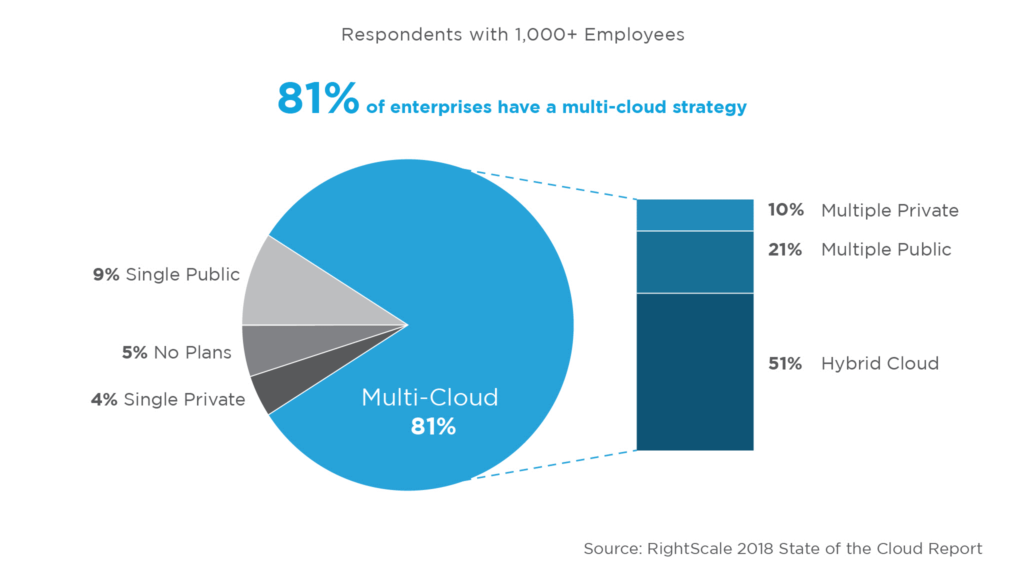In my many years in the IT industry I’ve seen many new industry buzzwords come out and then immediately become adopted by everyone. Words like virtualization and cloud were used by everyone and vendors would rush to say their products were “cloud ready” or “optimized for cloud” to capture that excitement. Suddenly everyone’s virtualized environment became a cloud even if they were called a virtual infrastructure just the week prior. We’re seeing more of that today with new buzzwords like blockchain, IoT, and others. In my world the new hotness is “multicloud.”
It’s true – hybrid cloud has become old and busted and the new hotness is multicloud (well done, if you got my 90s movie reference). In many cases folks conflate the terms hybrid cloud and multicloud, thinking they actually mean the same thing. The truth is that both hybrid cloud and multicloud are separate terms and both are equally important to an organization’s IT strategy.
Multicloud may be a new buzzword but where there’s smoke there’s fire. In the RightScale 2018 State of the Cloud Report, they found that 81% of organizations have a multicloud strategy. That shows organizations are taking multicloud seriously and seeing that adopting a cloud strategy that looks holistically across clouds is the future. Perhaps more importantly, the report found that organizations are already using five clouds today.

If an organization uses 5 clouds, does that mean they’ve adopted a multicloud strategy? Is it as simple as using multiple clouds for your infrastructure and applications?
As with most things in IT, and in life, it isn’t quite that simple. If you simply use multiple clouds for different purposes without tying them together then you’ve likely just created new silos that increase management costs and introduce risk.
In order to properly tie multiple clouds together you need to consider a few elements.
- Embrace a cloud-first operating model
- Control your destiny
- Adopt an actionable strategy
When organizations embrace a cloud-first operating model, they can move more quickly to implement new ideas, lower overall complexity and risk, and create systems that are transparent and efficient. The people and process portion of multicloud is absolutely critical to success as you solve this with technology alone. Having an operating model that allows for DevOps, cost visibility of workloads, and uses a service management framework is absolutely necessary to success in multicloud.
Next, organizations need to control their own destiny in choosing the cloud infrastructure that supports their goals and business objectives. The cloud infrastructure organization’s choice needs to be able to be deployed quickly, be integrated across compute/storage/networking, and should support cloud access. The right cloud infrastructure can be used to create single interfaces that allow managing and provisioning of resources in a hybrid cloud model (see – hybrid cloud isn’t so old and busted after all). Tools can be used to centralize cloud access, perform cost analysis, and simplify cloud consumption.
Finally, organizations need to adopt an actionable strategy that is aligned to their desired business outcomes. This strategy needs to consider:
- The infrastructure that will be used to support their cloud initiatives
- The applications that will either be moved to the new cloud platforms or ultimately retired or refactored into cloud-native applications
- The operating model, tightly integrated with the business, brings this all together


